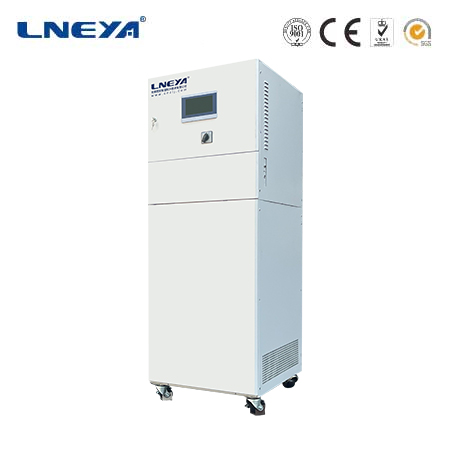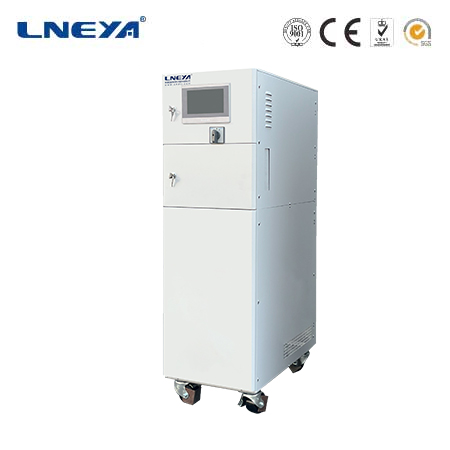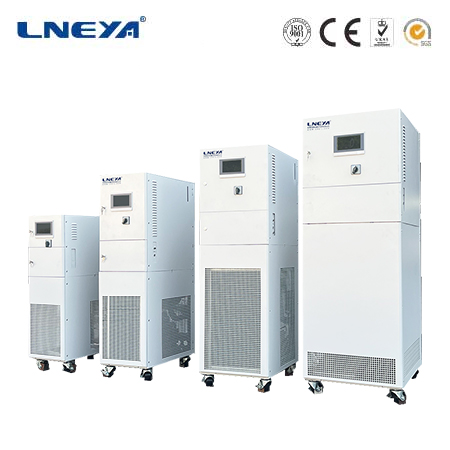process heating and cooling
Process Heating and Cooling: Technologies and Market Trends
Process heating and cooling systems are critical in maintaining the desired temperature ranges in numerous industrial processes, from chemical manufacturing to food processing. These systems ensure the efficient operation of machinery, the quality of products, and the safety of personnel. With the increasing focus on sustainability and energy efficiency, there is a growing demand for advanced process heating and cooling solutions that minimize environmental impacts while enhancing performance.

Types of Process Heating and Cooling Systems
Heat Pumps: Heat pumps are highly efficient systems that transfer heat from a colder space to a warmer one. They are used for both heating and cooling applications and can operate with a coefficient of performance (COP) higher than 1, meaning they provide more energy than they consume.
Thermal Energy Storage (TES): TES systems store thermal energy in various forms, including sensible heat, latent heat, and thermochemical energy. These systems can be used for both heating and cooling applications, offering the advantage of storing energy for periods when the demand exceeds the supply.
Combined Cooling, Heating, and Power (CCHP) Systems: CCHP systems, also known as cogeneration systems, generate electricity and use the waste heat for heating and cooling purposes. These systems significantly improve the overall energy efficiency of a facility.

Advantages of Process Heating and Cooling Systems
Energy Efficiency: By capturing and reusing waste heat, these systems reduce energy consumption and lower operational costs. For instance, a study proposes a multi-purpose system that harnesses waste heat from boiler flue gases for power generation, cooling, and heating in buildings, enhancing overall efficiency and reducing the carbon footprint.
Environmental Sustainability: The use of waste heat recovery technologies and renewable energy sources in process heating and cooling systems contributes to reduced greenhouse gas emissions and supports sustainable development goals.
Reliability and Flexibility: These systems can provide a reliable source of heat and cooling, ensuring continuous operation even during peak demand periods. They also offer flexibility in adjusting to changing process requirements.
Market Trends and Growth Drivers
The market for process heating and cooling systems is experiencing significant growth, driven by several factors:
Technological Advancements: Innovations in smart technologies, such as IoT devices and AI controls, are transforming the management of heating and cooling systems, enhancing both efficiency and user experience.

Rising Focus on Sustainability: There is a growing awareness and initiatives focused on reducing carbon footprints, driving the adoption of eco-friendly HVAC technologies.
Regulatory Compliance: Stringent regulations pertaining to carbon emissions are propelling the adoption of energy-efficient HVAC systems. For example, HVAC systems with high energy efficiency rating can reduce energy consumption by 20-50%.
Urbanization: The increasing concentration of populations in urban centers boosts the need for efficient residential and commercial heating and cooling solutions.
Conclusion
Process heating and cooling systems play a vital role in ensuring the efficient operation of various industries. With the growing focus on energy efficiency and environmental sustainability, there is a strong drive towards adopting advanced technologies that can optimize these systems. The market for process heating and cooling solutions is expected to continue growing, with innovations in smart technologies, renewable energy integration, and energy storage playing a crucial role in shaping the future of this industry.
Related recommendations
the chiller cooler
512The Chiller Cooler: A Vital Component of HVAC Systems The chiller cooler, often simply referred to as a chiller, is an integral part of Heating, Ventilation, and Air Conditioning (HVAC) systems...
View detailsflow through chiller
227Definition and Basic StructureA flow through chiller, also known as a direct - flow chiller, consists of several key components. At its core, it has a refrigerant circuit, a heat exchanger, a pump...
View detailschiller capacity tons
312Understanding Chiller Capacity in Tons Chiller capacity is a critical parameter in the specification and selection of chillers for HVAC systems. It refers to the cooling capacity of a chiller, ...
View detailsWhat environmental factors should be considered when using a 5 ton water chiller?
871What environmental factors should be considered when using a 5 ton water chiller? 1. If the environment in which a company uses a chiller is poor and the chiller needs to run for a rela...
View details
 LNEYA Thermal Test Chillers
LNEYA Thermal Test Chillers






HelloPlease log in